By Valentina Biondini, literature amateur

“Who’s Next?”. We answer this question by dealing with a person whose talent found expression not thanks to her own works, but through the identification, enhancement and display of other people’s artworks, especially other women. We refer to Romana Loda, an eclectic, ingenious and energetic woman, who in the 1970s founded the Multimedia Gallery in the small village of Erbusco, then moved to Brescia.
This galerist has given a fundamental impulse to the knowledge of contemporary art, especially female art. In 1971, the American Linda Nochlin published “Why have there been no great women artists?”, an essay that has already been subject of our attention1. In this analysis, the art historian underlines the many barriers – social, cultural and political- that for entire centuries have kept women away from the art world, thus refusing the assumption that most artists were men for an alleged and recognized superiority linked to talent.
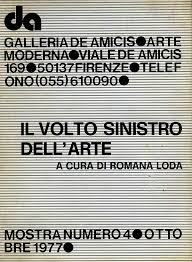
It is necessary to refer to this essay because, especially from ’74 to ’78, Romana Loda’s efforts focused precisely on denouncing the lack of women from the Italian artistic context, highlighting, just like Nochlin, how this marginalization was not a natural and immutable fact, but linked to very specific historical, social and cultural conditions.
Her activity, in fact, was really precious to oppose the forced absence of the artists from the official and institutional story of art. In particular, in the aforementioned four-year period, Romana Loda did everything she could to organize exclusively female exhibitions. Pioneering and avant-garde exhibitions that made history. Among these, we mention:
-
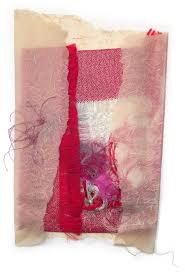
From the exhibition “Coazione a mostrare” “Coazione a mostrare”, set up at the Erbusco Town Hall in ’74. It was the first exhibition of only female artists she curated, with works by Mirella Bentivoglio, Tomaso Binga (pseudonym of Bianca Pucciarelli), Carla Cerati, Betty Danon, Amelia Etlinger, Elisabetta Gut, Ketty La Rocca (former protagonist of one of our articles1), Lucia Marcucci, Verìta Monselles, Gina Pane, Berty Skuber;
-
“Magma“, at the Castelvecchio Museum in Verona in ’77, which featured works by Marina Abramović, Lygia Clark, Hanne Darboven, Gina Pane, Valie Export, Rebecca Horn, Suzy Lake, Annette Messager, Natalia LL, Ulrike Rosenbach, Katharina Sieverding;
-
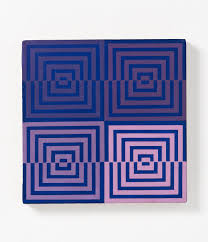
From the exibition “Il volto sisistro dell’arte” “Il volto sinistro dell’arte” set up at the De Amicis Modern Art Gallery in Florence in ’77, in which exhibited sixteen among the most innovative artists of the Italian neo-avant-garde of the 60s and 70s, such as: Marina Apollonio, Mirella Bentivoglio, Valentina Berardinone, Tomaso Binga, Renata Boero, Dadamaino, Giosetta Fioroni, Lucia Marcucci, Libera Mazzoleni, Verita Monselles, Stephanie Oursler, Lucia Pescador, Sandra Sandri, Suzanne Santoro, Grazia Varisco and Nanda Vigo.
It is worthwhile to focus precisely on this latest exhibition, the title of which is truly significant.
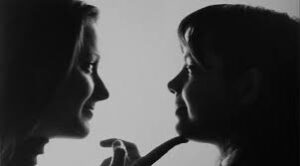
In fact it was chosen by the curator to mock the cliché that associated the feminine with the left sphere of the body, the one symbolically connected to intimacy, passivity, emotions and evil. While the masculine to the right, linked to action and rationality. A stereotype that, according to Loda, was used, even in the recent past, to read the work of many artists, thus decreeing their marginality in the artistic environment. Because, after all, for the galleris the only “difference” between the art of women and that of men lay in the fact that the critical and exhibition models in force were all declined to the masculine.
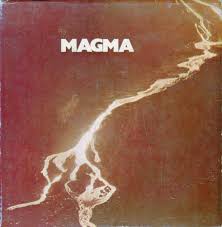
In the short period from ’74 to ’78, her exhibitions had the merit of bringing to the attention of the Italian cultural debate some essential issues raised by neo-feminist thought, especially those relating to the women’s need to reclaim spaces historically forbidden to them, to enter the art market and museum collections.
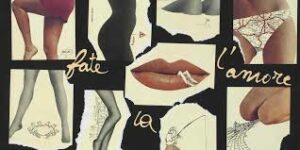
Moreover, we should not forget the cultural and political scenario in which Loda moved. In fact, Italy had recently and with difficulty conquered the law on divorce, the family law reform and was still struggling to obtain the decriminalization of abortion and a law for the voluntary interruption of pregnancy. However, close to ’78, Loda decided to stop organizing (for women) only female exhibitions, which in many sides began to be defined with contempt as “ghetto exhibitions”. Nevertheless, her commitment continued in the following decades, so much so that it can be said that an entire generation of Italian artists often found in her a friend, ready to encourage them and promote their work.
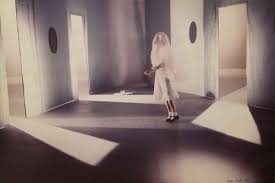
Although her figure has been neglected by historiography and more in general by Italian art criticism for so long, her support and standing alongside the artists is now read as an early and essential contribution to spread a different type of awareness about gender differences in art.
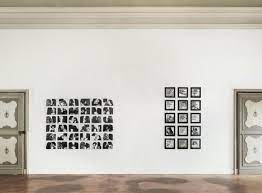
In 2020, ten years after her death, the city of Brescia decided to pay homage to her with two parallel exhibitions, one at the Engraving Gallery and the other at Palazzo Gallery. The first exhibition was inspired by “Coazione a mostrare“, while the second, entitled “Il volto sinistro dell’arte. Romana Loda e l’arte delle donne“, curated by Raffaella Perna, reconstructed Loda’s homonymous exhibition with a philological attitude.
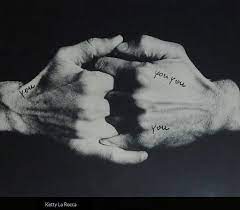
Being a gallerist and the feminist commitment found the perfect synthesis in the figure of Romana Loda. Her expositions, indeed, were always constructed with precise selective criteria. She did not invite women to exhibit as such, but she used to choose them carefully, based on the quality of their artistic research. And it is perhaps for her distinctive activity of an unceasing and unprejudiced research, aimed at promoting free and non-conformist art before anything else, the reason why she should be remembered with gratitude.